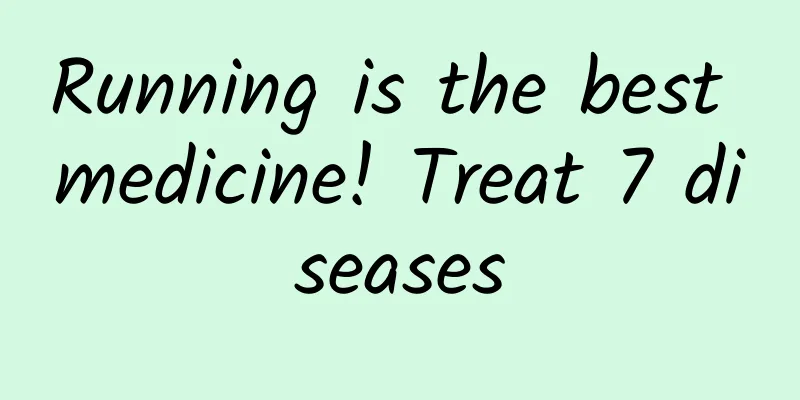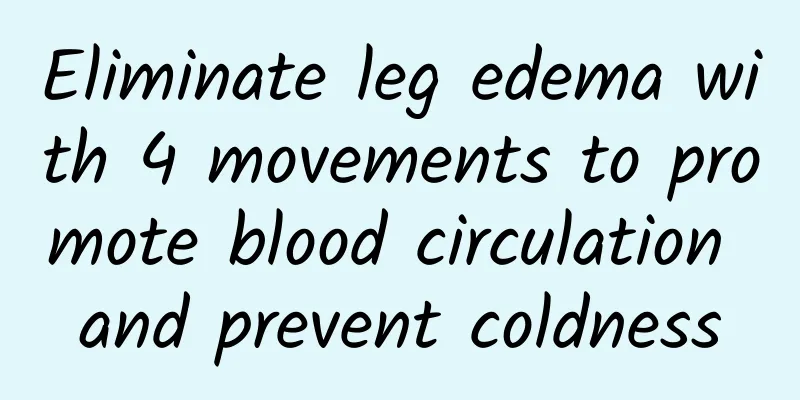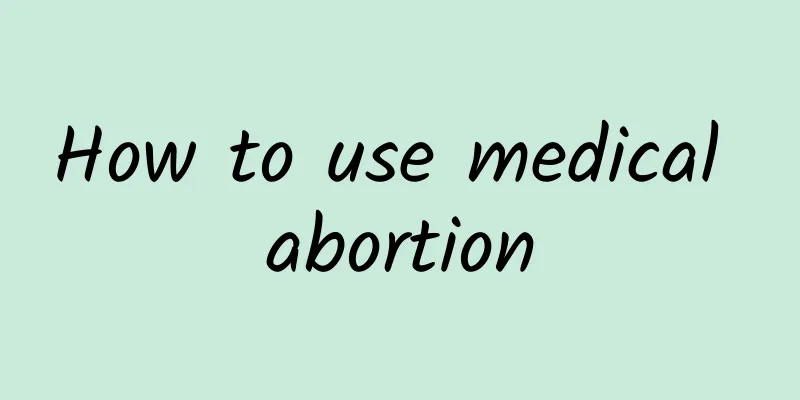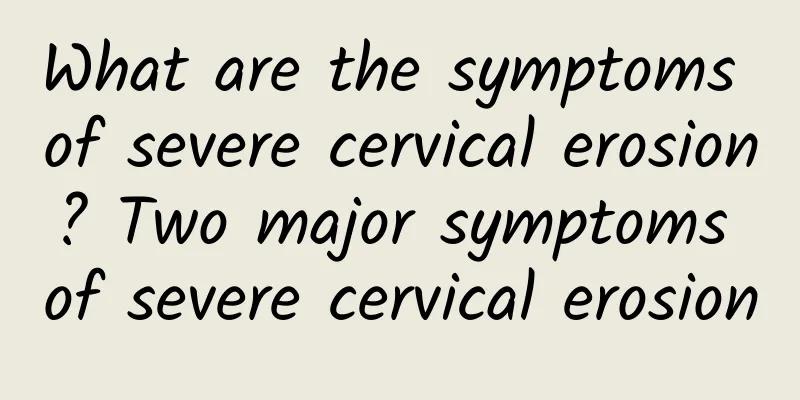Running is the best medicine! Treat 7 diseases

|
Every day I tell my patients, "Exercise is your medicine. Exercise for 30 minutes and meditate for 30 minutes a day. Doing both saves time." Running not only prevents disease, it also treats it: 1. Anti-aging: Statistics tell us that people with strong bodies live longer than lazy people, and they look younger. Look around you! Exercise can even keep you away from Alzheimer's and dementia. If you don’t believe it, ask other people about their experience. 2. Eliminate burnout: Everyone says they feel tired, except those who run. Running for thirty minutes every day can help you develop stress resistance. 3. Anti-depression: Exercise can balance a confused brain and is more effective than antidepressant drugs such as Prozac. 4. Prevent breast cancer: One in nine women suffers from breast cancer. Please, please, please everyone, go run! Start your fitness plan as soon as possible! Exercise can reduce your risk of cancer by at least 30% and save your life. This also applies to other types of cancer. 5. Prevent osteoporosis: Running can prevent bone atrophy and fracture better than any medicine. 6. Prevent diabetes: Regular exercise can save you a few injections of insulin, and you can enjoy low-carbohydrate and healthy meals more happily, which is the second best way to prevent diabetes. 7. Prevent myocardial infarction: Running can unclog blood vessels, reduce arteriosclerosis and prevent infarction. Moderate exercise is the best bypass surgery. Breathing is the energy of life Our breath is the seismograph of our life energy. If you breathe incorrectly, you will lose life energy - you will feel short of breath, your throat will feel like it is being strangled and you won't be able to get any air. Breathing correctly can have a positive impact on your emotions and perceptions. The easiest way is to breathe deeply through your nose. Breathing through your nose while running? Can you do it? The answer is yes. But the nose also needs training, and you have to invest a little time to get used to it. Why is nose breathing worth investing time in training? Because the nose also needs exercise, the mucous membrane wants air to circulate so that it can function normally. The air you breathe into your body must be clean and warm to circulate through your windpipe and lungs, and this can only be done through your nose. If all goes well, the body will feel relaxed and calm. When you breathe, your nose processes the air you breathe in. The cilia filter out millions of dirty particles from the air and humidify it, delivering the air to the lungs in optimal condition. The nasopharyngeal area is covered with mucous membranes, which function like a heater, instantly heating the air and making the gas temperature almost the same as body temperature. Mouth breathing can easily lead to infection, especially inflammation of the throat, trachea and lungs, and even the growth of nasal polyps. When the Creator created life, the function of the mouth was only to eat and serve as an emergency entrance and exit for breathing air. People only breathe through the mouth in emergencies. For example, a person who has not exercised for a long time suddenly climbs the stairs to the fourth floor quickly and then desperately breathes oxygen. Breathing through the mouth will cause the body to feel pressure, the breath will be rapid and shallow, and the lungs will not be able to get enough oxygen, resulting in insufficient oxygen absorption. Relearning to breathe slowly Not everyone breathes through their nose, especially when running. Some people even find it difficult to breathe through their nose. They are not used to doing this, or have symptoms such as a deviated septum and nasal polyps. But even such a nose can be trained. Keep breathing through your nose whenever possible, and observe when you switch to mouth breathing. When you begin breathing exercises, intentionally breathe in and out through your nose. If you feel uncomfortable during training, at least breathe in through your nose. You have to slow down your breathing slightly and watch your neck, shoulders, chest and abdomen relax. Now please take a deep breath, give your nose some time, don't think about the speed, and deliberately slow yourself down. This is not a time to run, this is a time to breathe. If you want to run faster, you can always breathe through your mouth. Start at a low speed and breathe through your nose. When you notice you're running low on air, breathe through your mouth until you can breathe through your nose again—and slow down your running speed as well. You will find that after breathing through your nose, your running distance can gradually increase. Nasal breathing while running can aid meditation, reduce stress, and make your body feel good. Is there a specific breathing rate? Inhale three times and exhale three times? Inhale four times and exhale four times? There are no specific rules. Your breathing rate depends entirely on your physical fitness, running cadence and speed. So experiment for yourself. Your breathing rate will automatically adapt to your running pace. Your heart, lungs, and legs adjust to your running, allowing your body to run at a natural pace without you having to pay much attention. Also pay attention to the timing of the exhale. The larger the exhale, the easier it will be to inhale and breathe deeper. Because the lungs work like a bellows, which can only be filled again when the inside is completely empty. The same goes for the lungs. Seven rules of breathing 1. Deep breathing: Inhale the air deeply into the abdomen. Let your diaphragm massage your internal organs and allow oxygen to flow through every cell. 2. Through the nose: Take your time, don’t rush, and focus on your breathing. Guaranteed that within two weeks the only function of your mouth will be chattering. 3. Don’t use force: let the air enter your nasal cavity gently and flow away gently. Don't breathe in deliberately, don't hold your breath, and don't force the air out of your body. 4. Clean up: When running, replace stressful thoughts and negative feelings. Combined with the action of exhaling, throw away the burden and make room for new, beautiful and energetic things. 5. Question: What does the air take away from you? Feel it with your heart. Let your breath help you sort out your life. 6. Relax: While breathing in and out gently, check where else in your body is tense? Your forehead, facial muscles, neck, shoulders, chest, arms, abdomen and pelvis, everything becomes light, let yourself relax. 7. Quiet or Loud: Enjoy the silence, or make noise as you breathe. Inhale gently, making a forceful "Ha" sound as you exhale, allowing the air to release from your lungs. This article is excerpted from "Running for Health" published by Jianxing Culture http://www.chiuko.com.tw |
<<: Spring weight loss fruit! Eat 6 loquats a day
>>: The lazy way to lose weight! 7 acupoints to nourish the liver and relieve constipation
Recommend
What are the symptoms of premature ovarian failure?
What are the symptoms of premature ovarian failur...
Note: Common principles for treating acute pelvic inflammatory disease
Acute pelvic inflammatory disease is very harmful...
How to distinguish menstrual disorders
How to distinguish menstrual disorders? If menstr...
Excessive sexual activity is the main cause of cervical erosion
Many people must have heard of cervical erosion, ...
Correct treatment method for vaginitis
Correct treatment for vaginitis: The correct trea...
What can you eat to abort a child? What are the dangers of aborting a child for women?
If a female friend wants to abort the child by ea...
Observation and nursing points for adenomyosis
Observation and nursing points for adenomyosis 1....
Why is congenital absence of vagina difficult to cure?
Most patients with congenital absence of vagina o...
Don't forget to eat high-fiber and high-protein foods for breakfast to lose weight
Three meals a day are essential for healthy weigh...
Patients with cervical erosion should pay attention to early symptoms in time
The frequent occurrence of cervical erosion will ...
What causes endometrial tuberculosis?
What are the causes of endometrial tuberculosis i...
Menopause Self-Care Tips
It refers to the transition period from the vigor...
Clinical nursing of hyperprolactinemia
Hyperprolactinemia, also known as hyperprolactine...
How to prevent threatened abortion early?
How to prevent threatened abortion in the early s...
What should you know about ectopic pregnancy?
Nowadays, more and more people are suffering from...









